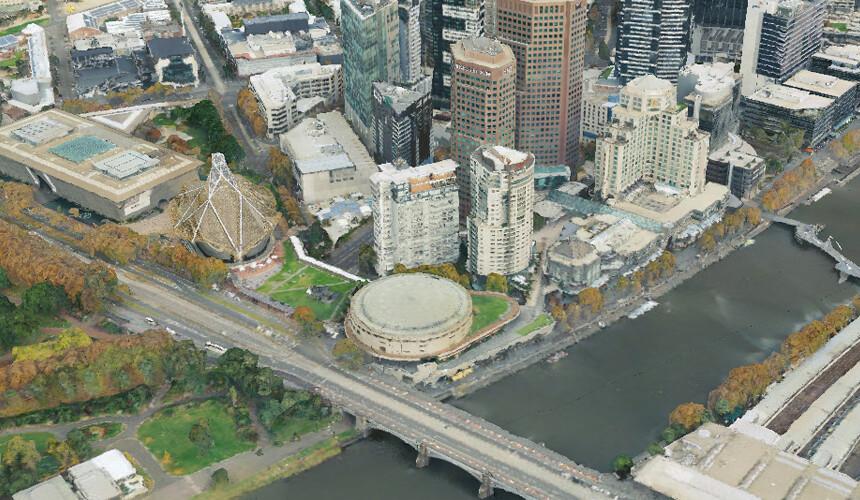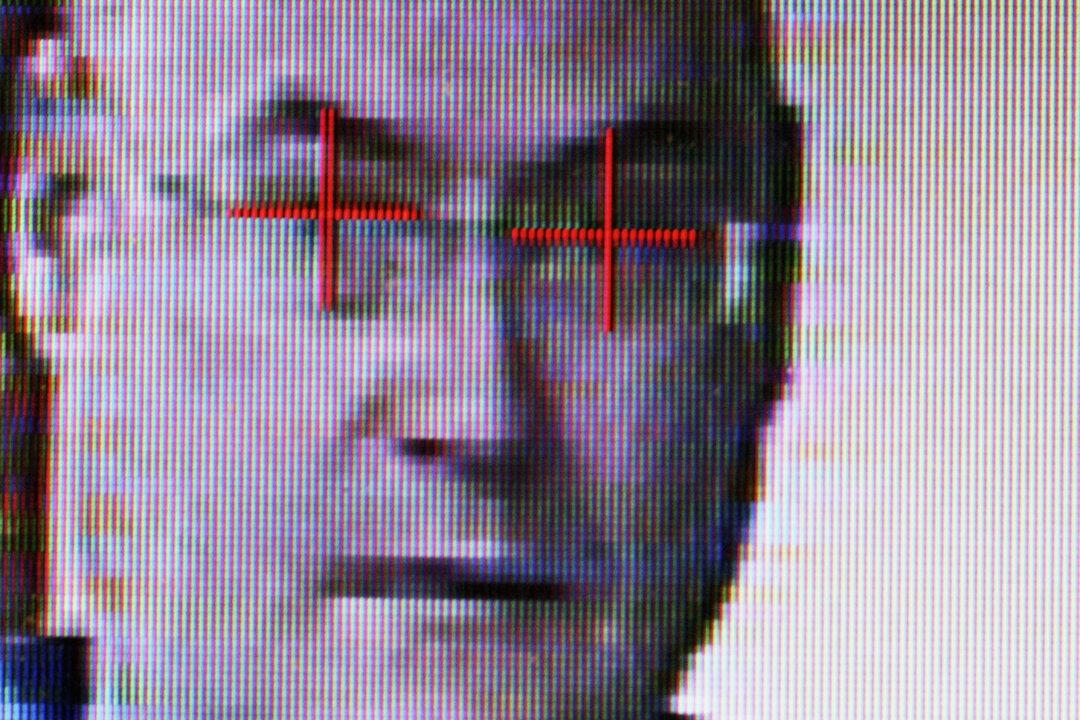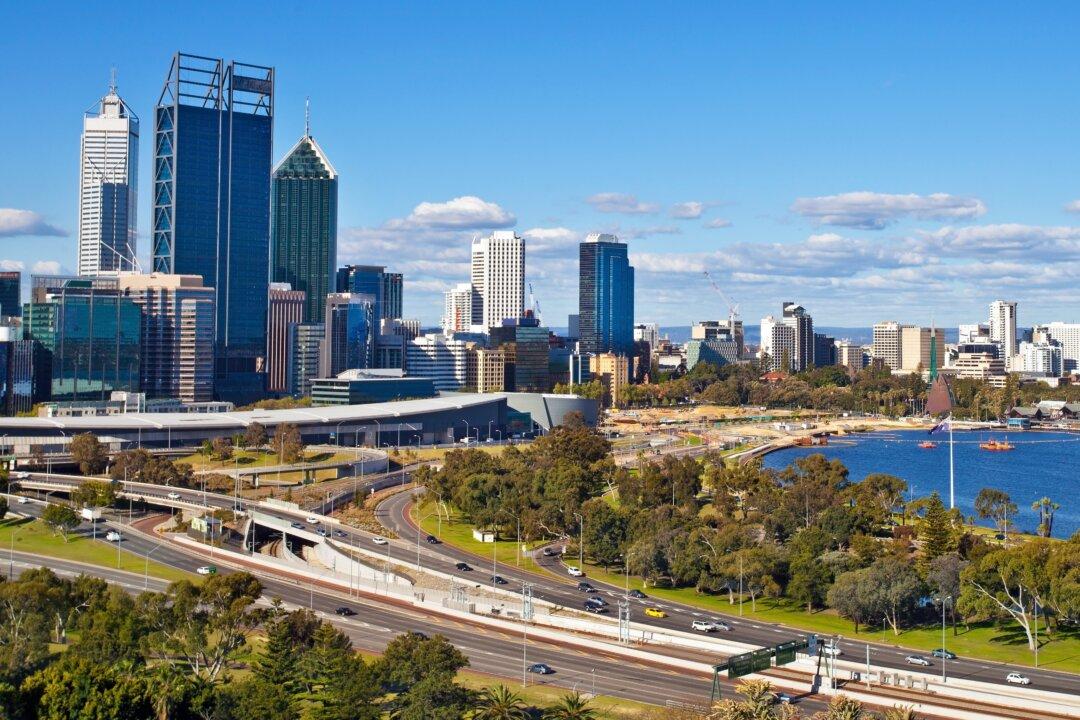Victoria has bankrolled an ambitious $35.2 million (US$26.2 million) project that will see the state replicated digitally, speeding up the city’s urban planning and allowing government, industry, and the community to tour the state virtually and online. But the project opens up a new “attack surface” for bad cyber actors, a security expert has warned.
Unlike Google Maps’ Street View, which presents 2-dimensional images of streets and buildings, the Digital Twin Victoria (DTV) project seeks to allow users to fly around the state in 3-dimensional space.





